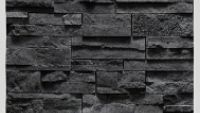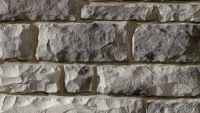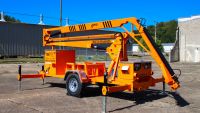
Makita 4-Stroke Engine Power Cutter
Rental to watch
By Masonry
Makita has introduced its 4-stroke engine power cutter for cutting brick, block or concrete. Several points of difference – including easier starts, better fuel economy, and the ability to fill the tank with straight unleaded gas – make the Makita power cutter an ideal choice for rental or purchase.
With 2-stroke power cutters, engine seizure due to improper fuel and oil mixing is one of the most common failures. Makita 4-stroke engines are engineered to solve this problem. With no need to mix 2-stroke oil into the fuel, this means the Makita 4-stroke engine power cutter can use the same fuel as other gas-powered equipment on the jobsite. No fuel mixing gives the convenience of a “one-can” jobsite and simplified operation. It also eliminates engine failure due to improper mixing, and delivers big savings with no need to purchase 2-stroke oil.
Another user pain with power cutters is difficult start-ups. The Makita 4-stroke engine power cutter has an automatic engine decompression valve engineered into the cam gear to reduce pull-start force by 40 percent. For faster maintenance, the five-stage air filtration system is easily accessible, and engineered for cleaner air and improved engine durability.
The Makita 4-stroke offers several other advantages versus the 2-stroke. The Makita 4-stroke has lower noise at 92.7 dB(A) and smoother idle for continuous operation, as well as lower fuel consumption at only .45 gallons per hour. It also has lower exhaust and intake carbon build-up than 2-stroke for longer cylinder life.
For improved handling, the Makita power cutter includes an integrated all-aluminum wheel kit to reduce fatigue during long, straight cuts. The wheels are positioned to engage only when the blade is lowered to the cutting surface, and they retract when the saw is not in use to prevent unexpected movement during idle.
For more information, visit www.makita.com.
Originally published in Masonry magazine.
About the Author
Masonry, the official publication of the Mason Contractors Association of America, covers every aspect of the mason contractor profession - equipment and techniques, building codes and standards, business planning, promoting your business, legal issues and more. Read or subscribe to Masonry magazine at www.masonrymagazine.com.


















